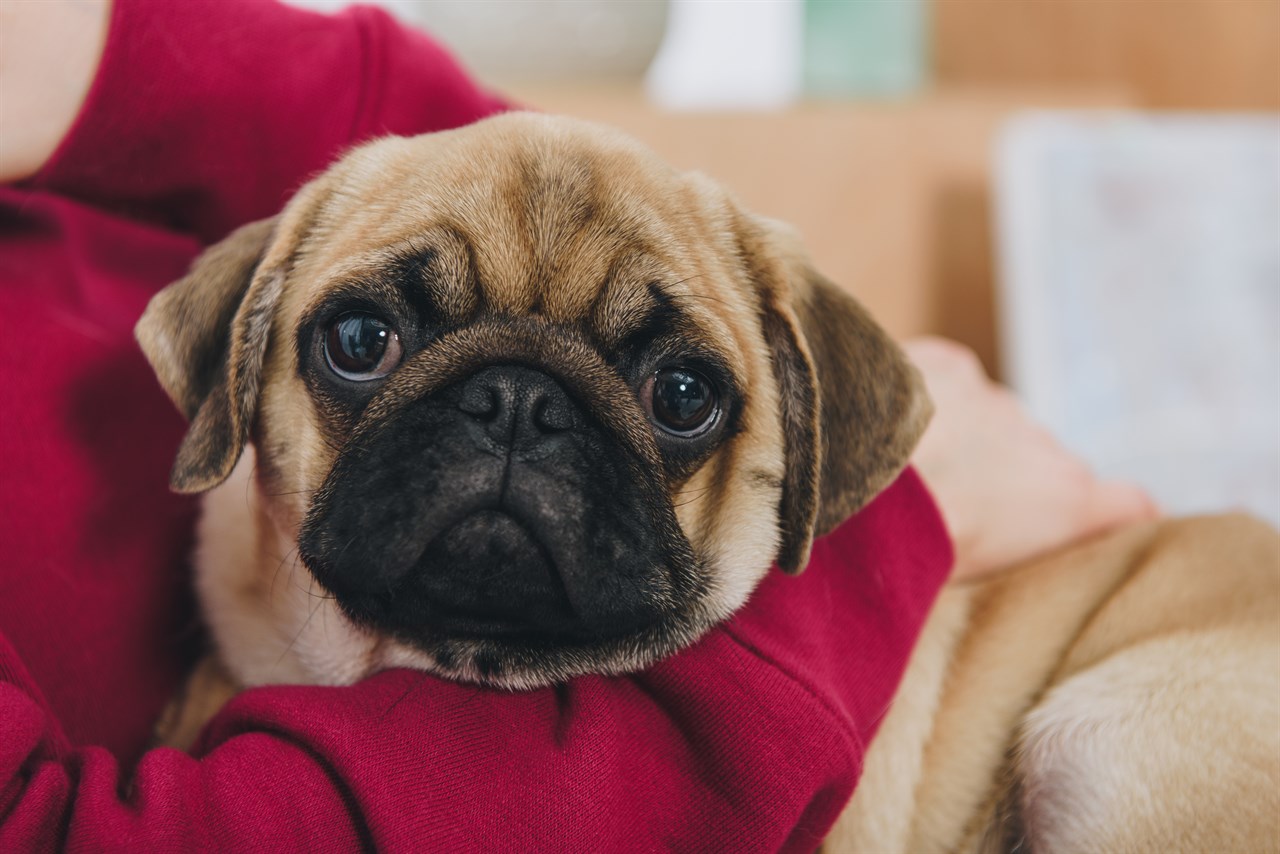Disadvantages to Ownership of the Pug

While Pugs make charming and loving companions, like any breed, they come with their own set of disadvantages or challenges that prospective owners should be aware of.
Health Issues
Pugs are prone to several health problems due to their brachycephalic (flat-faced) anatomy. These include respiratory issues, dental problems, eye conditions, skin fold infections, and hip dysplasia. Owners should be prepared for potential health concerns and associated veterinary costs.
Prone to Obesity
Pugs have a tendency to gain weight easily. Overfeeding or lack of exercise can lead to obesity, which can exacerbate their health problems. Proper portion control and regular exercise are essential.
Sensitivity to Temperature
Pugs are sensitive to extreme temperatures. They can easily overheat in hot weather and are susceptible to cold in chilly climates. Owners must take precautions to protect them from temperature-related issues.
Exercise Needs
While Pugs are not extremely high-energy dogs, they do require regular exercise to maintain a healthy weight and mental well-being. Neglecting their exercise needs can lead to boredom and weight gain.
Grooming of Facial Wrinkles
Pugs have adorable facial wrinkles, but these need regular cleaning to prevent skin fold infections. Neglecting wrinkle care can lead to discomfort and health issues.
Shedding
Pugs may shed quite a bit, particularly during seasonal changes. Regular brushing can help manage shedding, but they are not a hypoallergenic breed.
Noise Level
Pugs are known for their distinctive snorting and snoring sounds. While many find these endearing, it's important to be aware of the potential noise level if you prefer a quieter household.
Potential for Separation Anxiety
Pugs are social dogs that can develop separation anxiety if left alone for extended periods. Owners must provide proper training and consider companionship when planning their schedules.
What are Pugs' weaknesses?
Pugs' weaknesses primarily revolve around their health vulnerabilities due to their brachycephalic anatomy and their tendency to gain weight. These weaknesses can lead to various health issues that require attentive care and potential veterinary interventions.
What not to do with Pugs?
When owning a Pug, there are several things you should avoid:
- Overfeeding: Avoid overfeeding your Pug, as they are prone to obesity. Follow recommended portion sizes and monitor their weight.
- Neglecting Exercise: Do not neglect their exercise needs. Regular walks and playtime are essential for their physical and mental health.
- Ignoring Wrinkle Care: Do not neglect the cleaning of their facial wrinkles. Regular cleaning is vital to prevent skin fold infections.
- Leaving Them Alone for Long Periods: Avoid leaving your Pug alone for extended periods, as they are social dogs prone to separation anxiety. Ensure they have companionship or supervision when needed.
- Exposing Them to Extreme Temperatures: Protect your Pug from extreme heat or cold. Be mindful of temperature-related issues and provide appropriate shelter and climate control.
In summary, while Pugs are wonderful companions, they come with specific disadvantages, such as potential health problems and sensitivity to temperature. Responsible ownership involves proactive healthcare, proper diet, exercise, and attention to their unique needs to ensure they lead happy and healthy lives.